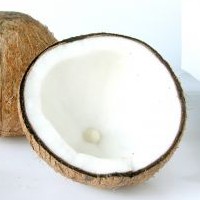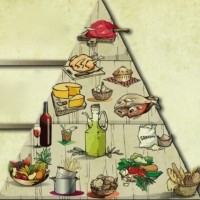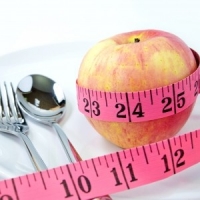Lose Weight > Weight Loss Tips > Weight Loss Articles > How to Create and Assess Your Food Journal in Six Steps
How to Create and Assess Your Food Journal in Six Steps
So why should you keep a food journal? There are a variety of reasons, but the most common one is so that you can have an ongoing track of what you eat each day. This helps you with a variety of diets, including ones that revolve around calorie counting. In fact, calorie counters should use the food journal as their number one way of making sure they are meeting their daily calorie limits.
Now that we know what a food journal is, let's discuss the six steps necessary to create and assess your ongoing food journal. We will start with why your journal should contain more information than just the food you eat.
It should be obvious to you that a food journal will include the foods you eat, but you will also want to record any beverages you drink in a particular day. Remember that sodas and soft drinks, for example, can contain as many calories as a sandwich, so you definitely don't want to exclude them from your journal.
Whenever you add anything to your journal, you should try to also include the exact amount of what you ate. That way you can go back later to see how you're progress is coming along.
Basically, there is only one main rule of keeping your personal food journal. If it goes in your mouth, no matter what it is, you should write it down. A food journal is the only way to get an accurate picture of what you are eating on any given day.
Related Articles
-
Join Weight Management Clinics for Best Results
There are so many weight loss programs in the industry that may requi
-
How and Why Hypnotherapy Works for Weight Loss
As we get older it gets harder and harder to keep the weight off. But
-
How Possible to Lose Weight with the Detox Diet!
When you think about weight loss, what do you think of firs
-
How To Increase Your Metabolism
When folks turn fat, they simply have one thing to say about that.
-
Possible Pitfalls
There are as many reasons youve given yourself to ea
-
Everloss - This Is The Diet of The Decade for Effective Weight Loss!
Click Here Now to Lose 23 Pounds Every Month! The majority of people w
- DON'T MISS
- How To Lose Weight
- How To Detox The Body - Detoxification Plan
- Fat Burning Furnace Rob Poulos Free Download
- Safe Effective Weight Loss
- Lose Weight by Following an Effective Weight Loss Diet
- Low fat meal plan
- Get the best obesity surgery in India.
- Dex C20 Caralluma Fimbriata - Fight Obesity Naturally
- Fat Loss Factor Review - Virtuous review for loose your fat instantly
- Struggling To Lose Weight? Admit It, Its Not Your Thyroid




